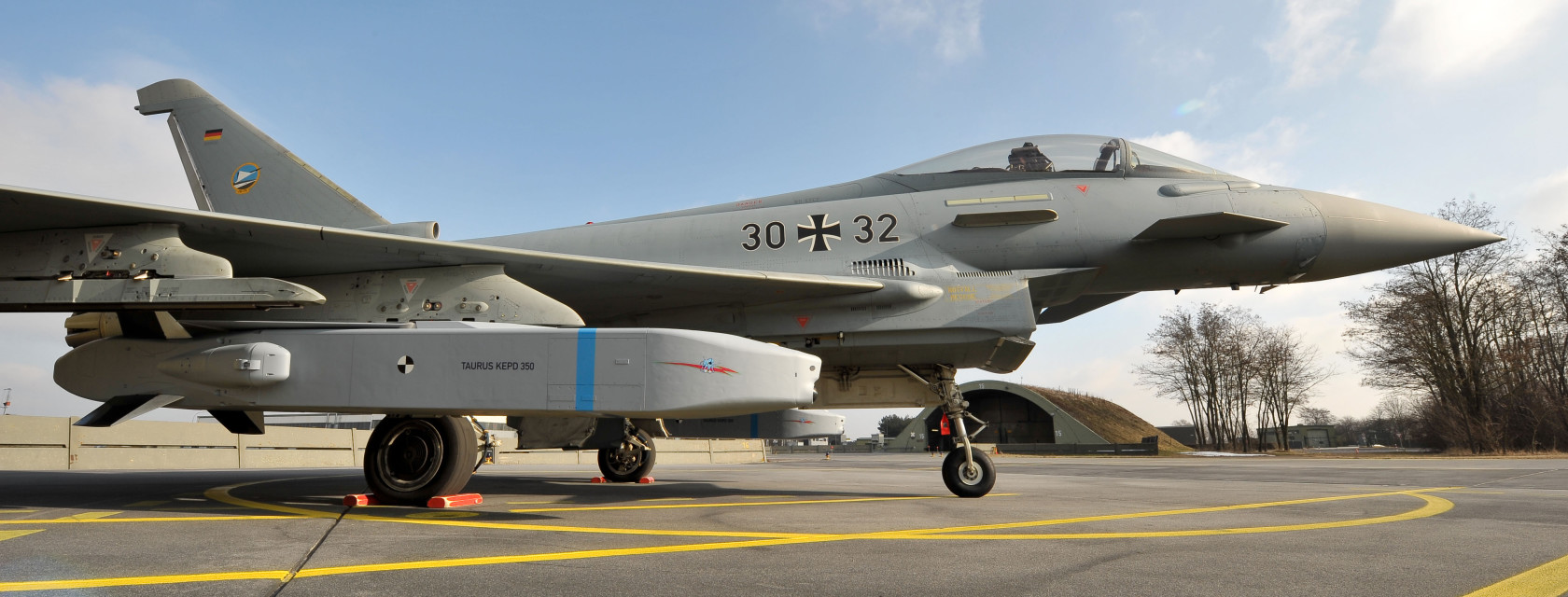Germany is contemplating a potential shift regarding supplying modern Western fighter jets to Ukraine. However, it has firmly dismissed the idea of providing Ukraine with Taurus cruise missiles in the near future.
Ukraine Wobbles As Its ‘Game Changing’ Weapons – Leopard MBTs, Storm Shadow Missiles, HIMARS – Fail To Change The Game
In an interview with DW on June 5 in Indonesia, German Defense Minister Boris Pistorius said that Germany is currently reevaluating what options are feasible and aligned with their intentions and capabilities.
Pistorius indicated that a decision regarding the potential deliveries of modern Western fighter jets to Ukraine would be reached within the next two weeks.
While discussing the transfer of weapons to Ukraine, Pistorius reiterated Germany’s rejection of providing Taurus cruise missiles to Kyiv in the foreseeable future.
When asked about Ukraine’s potential use of German weapons against Russia, Pistorius pointed out that international law permits self-defense actions.

However, he underlined that Berlin and Washington have consistently stressed their intention not to see their weapons used to cross the Russian border. Nevertheless, Pistorius expressed his complete trust in Ukraine as a partner.
Berlin, according to him, has to reconsider its current stance. He noted that German society and politics had experienced a shift in perspective, stating that if someone had told him two years ago that Germany would invest billions of euros in heavy weapons, he would have found it hard to believe.
The German minister also said it is important to unite countries worldwide willing and capable of defending the rule-based international order.
That being said, the refusal of the German Defense Minister to supply Taurus cruise missiles could be seen as a significant setback, especially considering that Ukraine had officially requested Germany to provide these missiles.
On May 17, German Chancellor Olaf Scholz reiterated his position of not intending to participate in the “fighter jet coalition” for Ukraine.
However, on May 19, US President Joe Biden expressed his support for an international “fighter jet coalition” for Ukraine.
Additionally, UK Prime Minister Rishi Sunak announced that the United Kingdom, United States, Netherlands, Belgium, and Denmark would participate in training Ukrainian pilots on Western fighter jets.
Eurofighter Typhoons For Ukraine
The German Air Force, known as the Luftwaffe, currently operates a fleet of Eurofighter Typhoon fighter jets and Tornado IDS fighter bombers.
While Ukraine’s primary interest lies in acquiring F-16s, there have been increasing speculations about the potential of Germany or the UK supplying Kyiv with Eurofighter Typhoon jets.
While the UK has, so far, explicitly denied supplying fighter jets to Ukraine, Germany’s latest indication of reevaluating its stance on the matter provides a glimmer of hope for Ukraine in terms of acquiring Eurofighter Typhoon aircraft.
The Eurofighter was collaboratively developed by companies from the United Kingdom, Germany, Italy, and Spain, and each of these countries received the aircraft for their air forces. All these nations would likely need their approval to transfer these aircraft to Ukraine.
Yet, the countries involved may collaborate and divide the responsibility for the transfer. This could make it easier to train Ukrainian pilots and give Ukraine access to similar aircraft from different sources.
However, there are doubts whether Ukraine can afford and effectively operate the costly Eurofighter Typhoon. It is a complex jet that may not be suitable for use in remote or dispersed airfields.
Adding to the gravity of the situation, Russia has started missile attacks on Ukraine’s operational air bases, which are pivotal as launch sites for Ukrainian fighter jets aimed at Russian positions.
Besides that, the maintenance of Typhoons typically requires well-established bases, and there are concerns about foreign objects getting into the aircraft due to its low-slung intakes. Moreover, the Typhoon’s advanced avionics and electronic warfare system necessitate substantial infrastructure.
Although the Eurofighter Typhoon boasts advanced radar, engines, and avionics, there is a specific area where it may not align with Ukraine’s operational needs.
The current tactics employed by the Ukrainian Air Force involve flying their existing MiG-29 and Su-27 aircraft at altitudes below 1,000 feet to evade the formidable Russian ground-based air defense system.
In contrast, the Eurofighter and its EJ200 engines are optimized for high-altitude flight and consume fuel at a higher rate when operating at lower levels. This disparity in operating characteristics may pose challenges for Ukraine’s specific operational requirements.
- Contact the author at ashishmichel(at)gmail.com
- Follow EurAsian Times on Google News




